
There is scant information on the havoc wreaked by COVID on retail optical and eye care sales in Canada.
Public companies must report their financials, and are therefore a potential source of some information. Most, however, are either in selective wholesale niche markets, such as contact lenses, frames or lenses which offer only broad directional signposts of market dynamics.
The supplier companies’ results reflect sales at the wholesale market level and are separated in time from the retail market. Different sectors will vary on the impact of this time gap since retailers have the option to work down existing inventories where they can, e.g. frames.
Other suppliers’ sales, such as lenses, optical labs and contact lenses, more likely reflect consumer demand in real time.
We are a small player on the Global Scene
Another obstacle to gathering useful information is that the public corporations are almost exclusively multi-nationals. Canada-specific information is often hidden in the aggregate reporting of “North American” revenues. Canada rarely warrants a reference in the global reporting from these companies.
So then, how are we to understand the Canadian market? And, “How does an individual practice understand their performance relevant to competitors?”
Publicly Traded Optical Provides Some Insight
There is one insightful opportunity provided by the only publicly traded retail optical and eye care corporation in Canada, the New Look Group.
New Look, with its coast to coast network of banners, including IRIS, NEW LOOK, Vogue, Grieche and Scaff and others is not perfectly representative of the Canadian Market. It is over-represented in BC, Quebec and the Maritimes, and underrepresented in other provinces, particularly Ontario.
While it is a far from a perfect benchmark for Canadian optical performance, it is the best we have that is readily and publicly available.
So with these caveats in mind, let us see what story the numbers tell us.
The Q2 financial statements for the 3-month period ending June 27th, reflects that most locations stopped operating in mid-March and started a gradual reopening in mid-May, with a complete reopening by June 21, the first day of summer. Gradual reopening’s started in the first week of May.
During this 3-month period, relative to the same period one year prior, revenues decreased by 64.9%. This decline primarily reflects COVID closures, but also includes scheduled store closures and offset by sales from newly acquired locations.
Even with its enviable financial resources and brand strengths, a 65% decline in quarterly sales is tough pill to swallow.
Nevertheless, in its Q2 statement, the company remains optimistic that it,”… has resumed its profitable growth journey, organic and external.”
Ultimately, consumer behaviour will determine the future course. Optical and eyecare practices taking the necessary and prudent steps to safe-guard associates and patients will significantly factor in, as will the responsibility we all have to protect each other to ward off a 2nd wave shut down.
We can only hope that New Look and all optical retailers continue to recover from the COVID catastrophe.
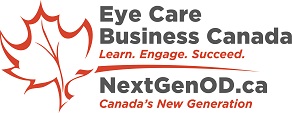

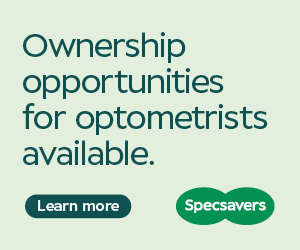

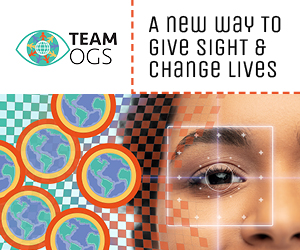




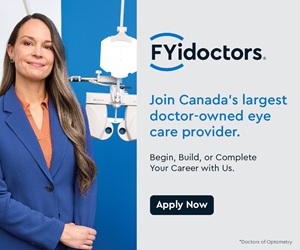


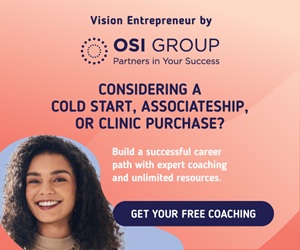
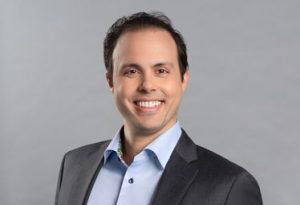
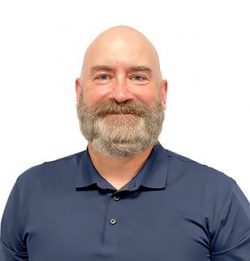


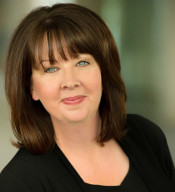

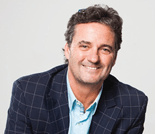
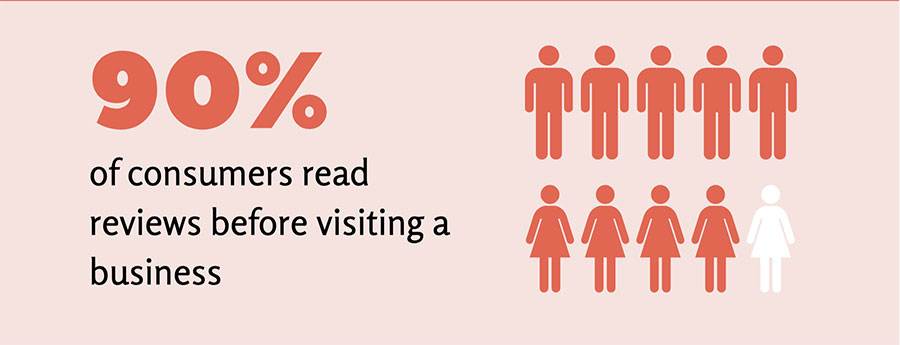
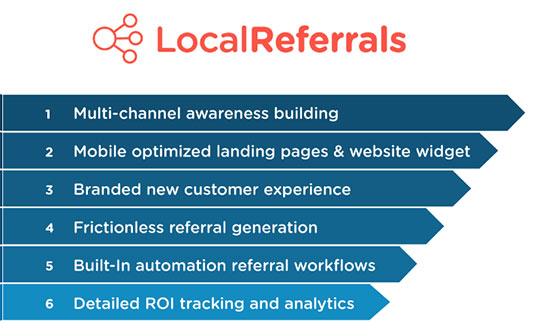
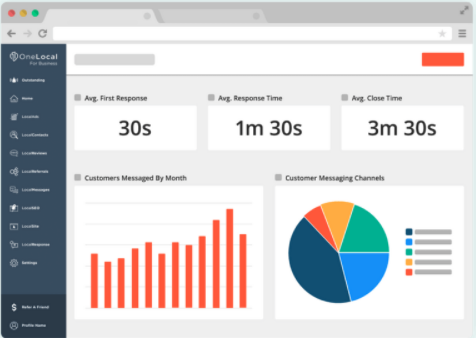
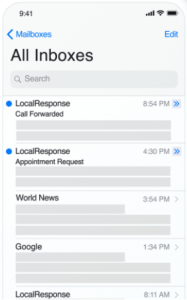
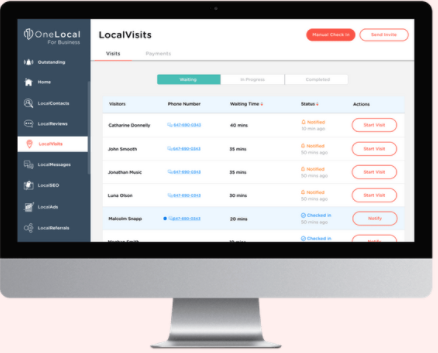
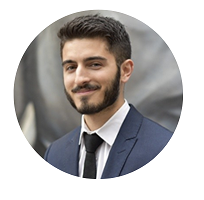





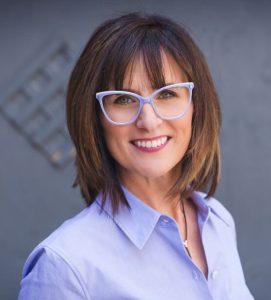
 While the “
While the “